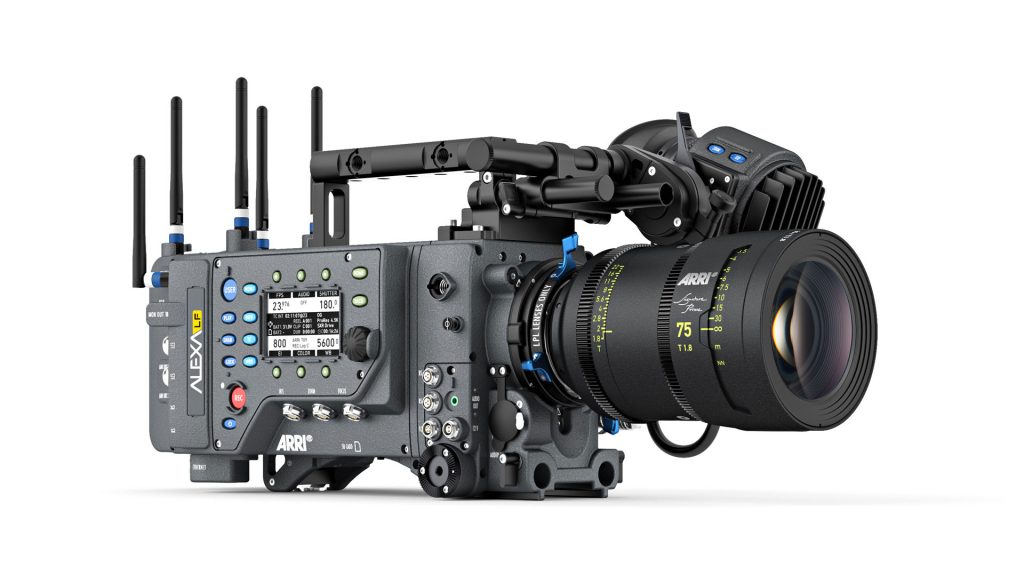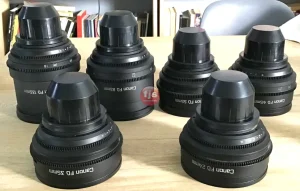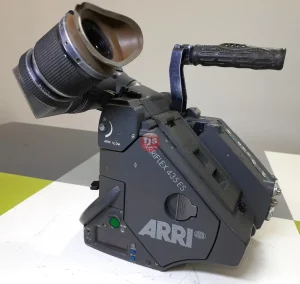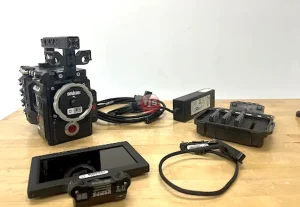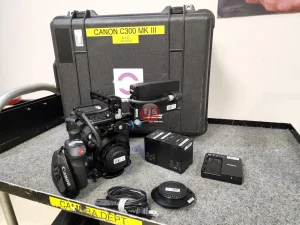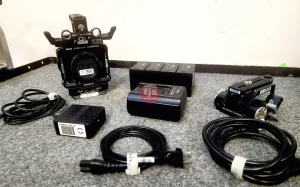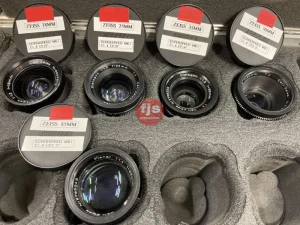Introduction:
Telephoto lenses are a popular choice among photographers, offering the ability to capture distant subjects with incredible detail. These lenses are highly versatile and commonly used in various genres of photography, including wildlife, sports, and portrait photography. However, it is important to note that telephoto lenses also come with their own set of limitations and drawbacks. In this article, we will explore the disadvantages of telephoto lenses, shedding light on the challenges photographers may face when using them.
I. Weight and Size (1.)
- What are the limitations of telephoto lenses in terms of weight and size?
Telephoto lenses are often larger and heavier compared to their standard counterparts. The extended focal length and intricate optical design contribute to this added weight and size. - How does the weight and size of telephoto lenses affect photographers?
The bulkiness of telephoto lenses can make them cumbersome to carry around for extended periods. Their size also makes them more conspicuous, which can be a disadvantage in certain shooting situations.
II. Limited Depth of Field (2.)
- What are the drawbacks of using telephoto lenses in terms of depth of field?
Telephoto lenses, especially those with longer focal lengths, tend to have a shallower depth of field. This means that only a narrow range of the image will be in sharp focus, while the rest of the scene may appear blurry or out of focus. - How does limited depth of field impact photography?
The shallow depth of field can be challenging to work with, especially when photographing subjects with intricate details or when shooting in low light conditions. It requires precise focus and careful composition to ensure the desired parts of the image are in focus.
III. Reduced Image Stabilization (3.)
- What challenges do telephoto lenses pose in terms of image stabilization?
The longer focal lengths of telephoto lenses amplify camera shake, making it more difficult to achieve sharp images handheld. This is especially noticeable at lower shutter speeds or when shooting in less than ideal lighting conditions. - How does reduced image stabilization affect photographers?
Photographers using telephoto lenses may need to rely on additional equipment, such as tripods or monopods, to stabilize their shots effectively. This can limit their mobility and add extra weight to their gear.
IV. Cost (4.)
- What are the cost considerations associated with telephoto lenses?
Telephoto lenses are often more expensive than standard lenses due to their complex optical design and specialized features. The longer the focal length, the higher the price tag. - How does the cost factor impact photographers?
The high cost of telephoto lenses can be a barrier for many photographers, especially those who are just starting or on a limited budget. It may require careful financial planning or investment over time to acquire these lenses.
Conclusion:
While telephoto lenses offer numerous benefits, it is essential to be aware of their limitations and drawbacks. The weight and size of telephoto lenses can be challenging to manage, and the limited depth of field may require careful attention to focus and composition. Furthermore, reduced image stabilization can impact the sharpness of handheld shots, and the cost of telephoto lenses may be prohibitive for some photographers. By understanding these challenges, photographers can make informed decisions about when and how to best utilize telephoto lenses in their work.



